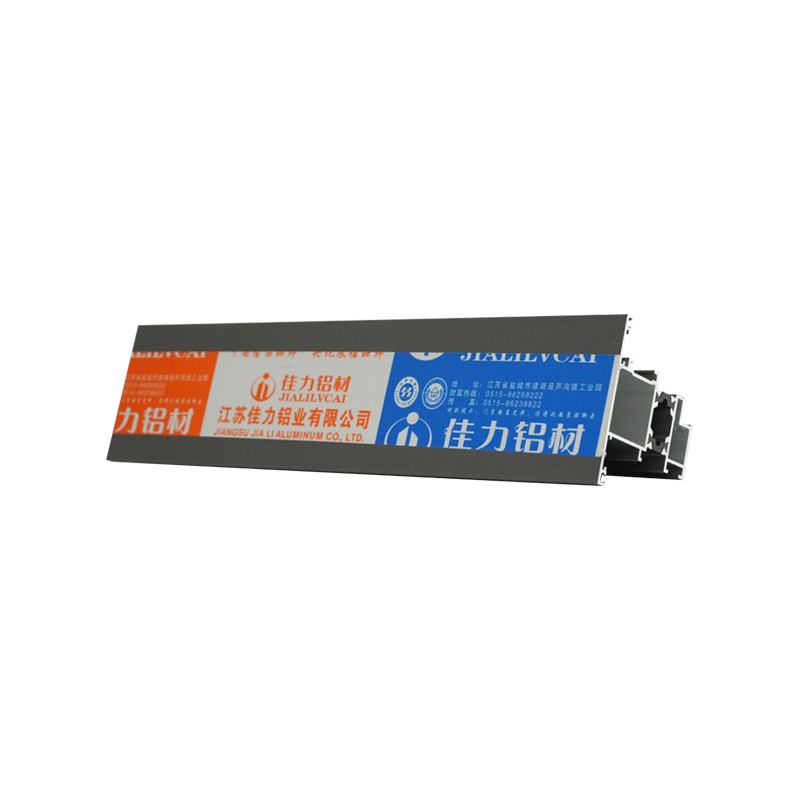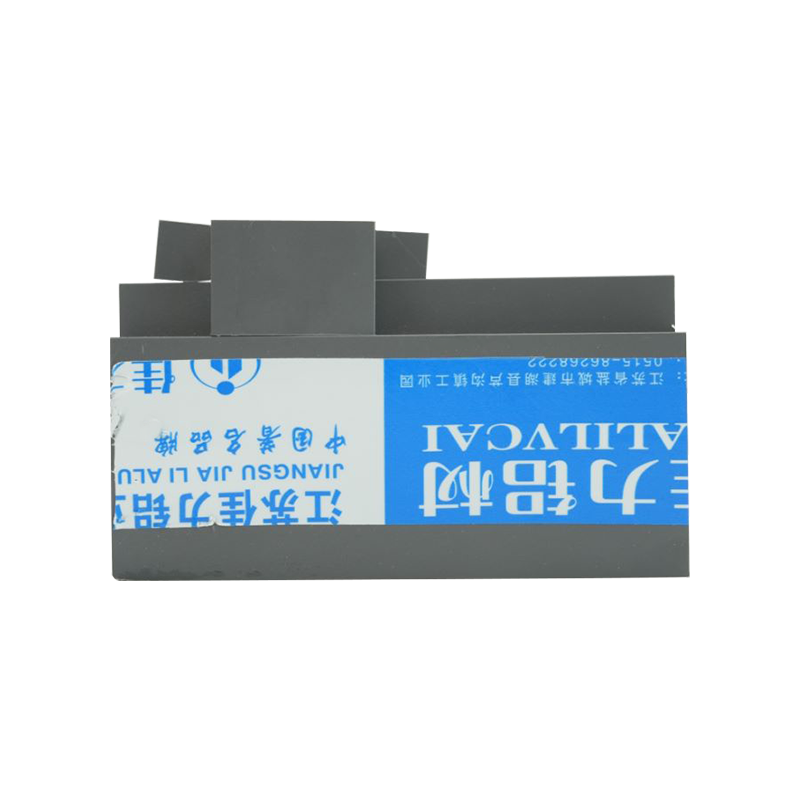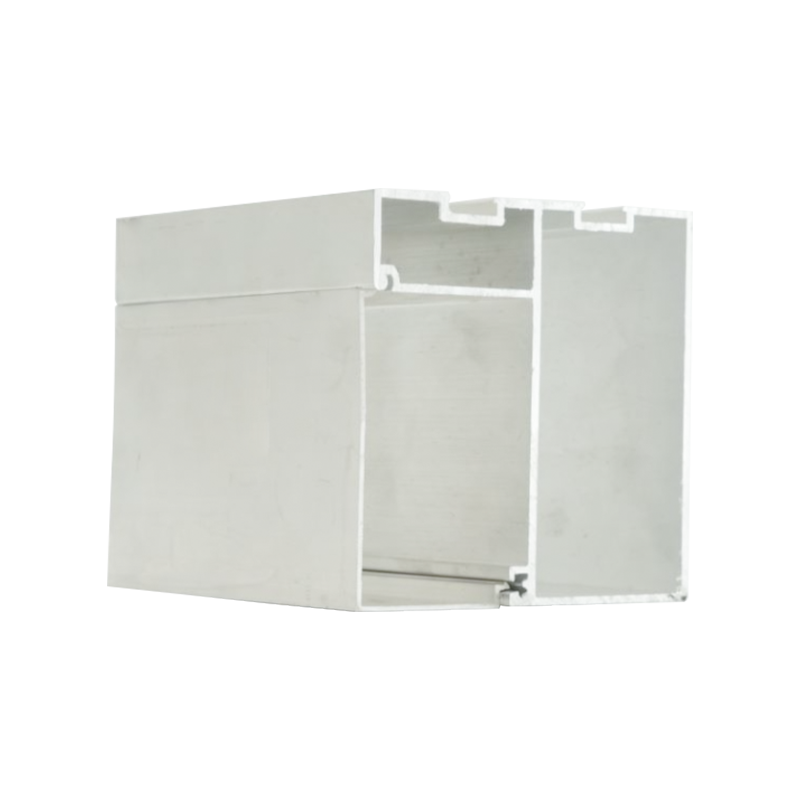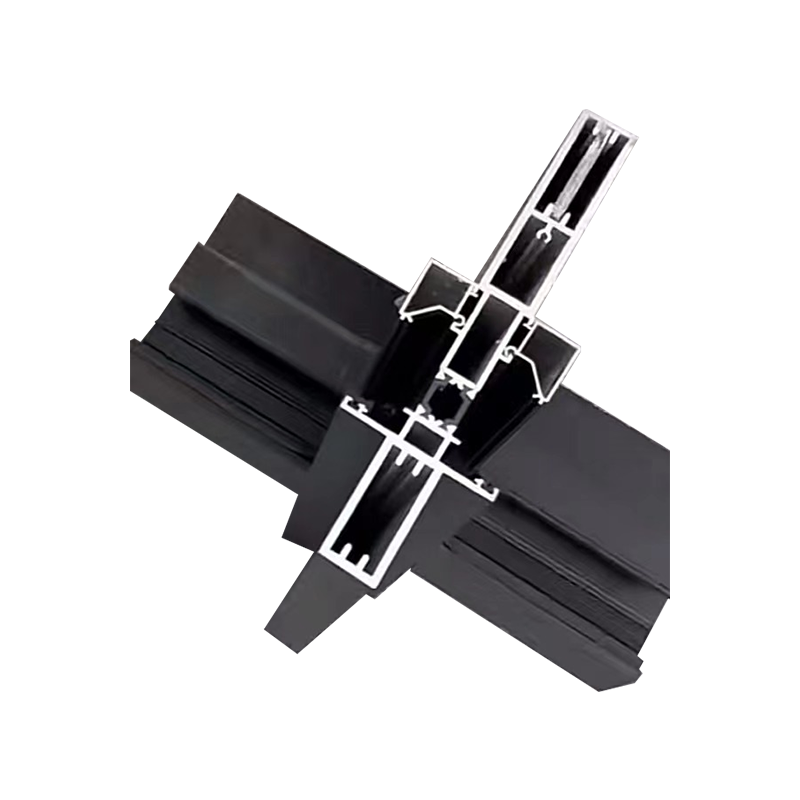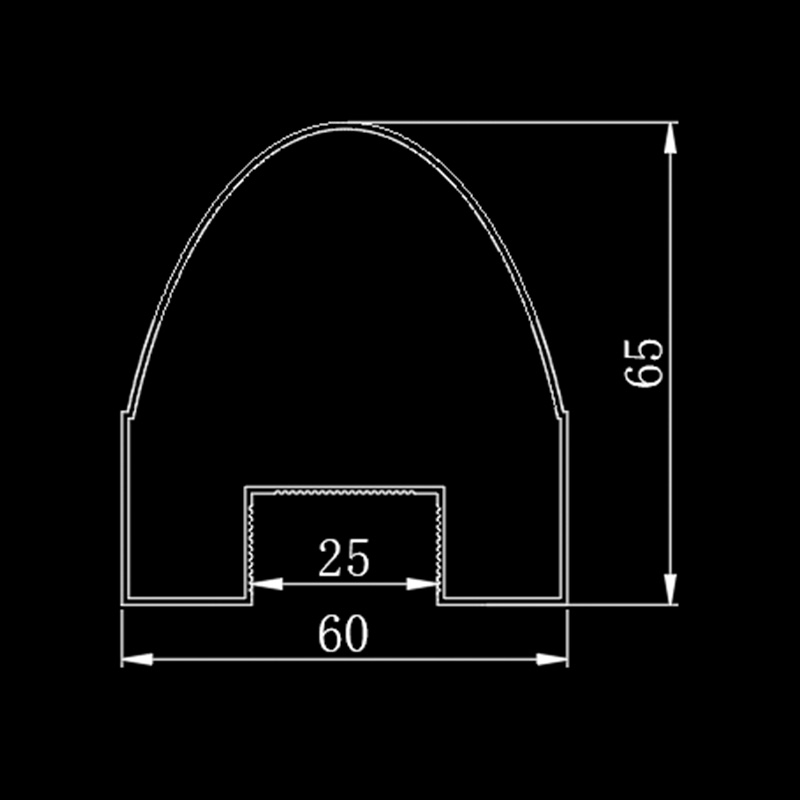The reason why lightweight casement window architectural aluminum profile can stand out among many materials is first of all due to its advanced production process. From the procurement of raw materials to the manufacture of finished products, every step has been strictly controlled and finely operated.
Raw material selection: High-quality raw materials are the basis for the excellent performance of lightweight casement window architectural aluminum profiles. Manufacturers usually use high-purity aluminum ingots as the main raw materials. These aluminum ingots not only have good ductility and plasticity, but also have strong corrosion resistance and can effectively resist the erosion of the external environment. At the same time, in order to further improve the performance of the profile, an appropriate amount of alloy elements such as magnesium and silicon will be added to the aluminum ingot to enhance its strength and hardness.
Production process: The production process of lightweight casement window architectural aluminum profiles includes key steps such as smelting, casting, extrusion, and aging treatment. During the smelting process, the purity and uniformity of the aluminum liquid are ensured by precisely controlling the smelting temperature and composition ratio. The casting link uses advanced casting technology to cast the aluminum liquid into ingots that meet the requirements. Extrusion is a key step in profile forming. Through precise mold design and precise extrusion process, the ingot is extruded into a profile with a tight cavity structure. Aging treatment is to improve the strength and hardness of the profile. Through heating and heat preservation treatment, the internal structure of the profile is more stable.
The excellent air tightness and waterproof performance of lightweight casement window architectural aluminum profiles are inseparable from precision mold manufacturing and precise extrusion process.
Mold design and manufacturing: The mold is a key tool in the profile extrusion process, and its design and manufacturing accuracy directly affect the quality and performance of the profile. In order to obtain a profile with a tight cavity structure, the mold designer needs to make precise calculations and designs according to the cross-sectional shape and size requirements of the profile. At the same time, high-precision processing equipment and processes are also required in the mold manufacturing process to ensure the accuracy and durability of the mold.
Extrusion process control: The extrusion process is a key link in profile forming, and its control accuracy directly affects the air tightness and waterproof performance of the profile. During the extrusion process, parameters such as extrusion temperature, extrusion speed and extrusion pressure need to be accurately controlled to ensure that the profile can be extruded smoothly and has a tight cavity structure. At the same time, the extruded profiles need to be cooled and straightened in time to avoid affecting their performance due to thermal expansion, contraction and deformation.
Through precision mold manufacturing and precise extrusion process, the lightweight casement window building aluminum profile forms a tight cavity structure. This structure effectively prevents the penetration of air and water, thereby achieving excellent air tightness and waterproof performance.
Improved air tightness: The tight cavity structure makes the connection between the profiles tighter and reduces the gaps for air circulation. This not only improves the thermal insulation performance of the building, reduces energy consumption, but also makes the indoor environment more stable and comfortable. Especially in cold or hot seasons, lightweight casement window building aluminum profiles can effectively isolate the influence of external temperature and provide residents with a pleasant living environment.
Enhanced waterproof performance: The tight cavity structure can also effectively prevent the penetration of moisture. Even in severe weather conditions, such as heavy rain or typhoons, lightweight casement window building aluminum profiles can ensure a dry and comfortable indoor environment. This is of great significance for preventing problems such as wall moisture and mildew, and also extends the service life of the building.
Lightweight casement window architectural aluminum profiles have shown many advantages in practical applications. For example, in high-rise buildings, due to its excellent air tightness and waterproof performance, it can effectively resist the invasion of wind pressure and rain, ensuring the safety and comfort of the indoor environment. At the same time, light-weight casement window architectural aluminum profiles also have good sound insulation and noise reduction performance, providing residents with a quiet living environment.
Lightweight casement window architectural aluminum profiles are also widely used in various types of buildings such as villas, apartments, and office buildings. Its diverse styles and color options meet the personalized needs of different users. For example, in some high-end villa projects, designers will choose light-weight casement window architectural aluminum profiles with unique textures and colors to highlight the luxury and taste of the building.
In actual cases, a high-end residential community uses a door and window system made of light-weight casement window architectural aluminum profiles. The system not only has good air tightness and waterproof performance, but also has excellent sound insulation and noise reduction and thermal insulation performance. In winter, even if the outdoor temperature is as low as a few degrees below zero, the indoor temperature can still remain warm and comfortable; in summer, through reasonable ventilation design, the indoor temperature can also remain cool and pleasant. This case fully demonstrates the excellent performance and broad application prospects of lightweight casement window architectural aluminum profiles in practical applications.

 ENG
ENG
 English
English русский
русский 中文简体
中文简体 Español
Español bahasa Indonesia
bahasa Indonesia
